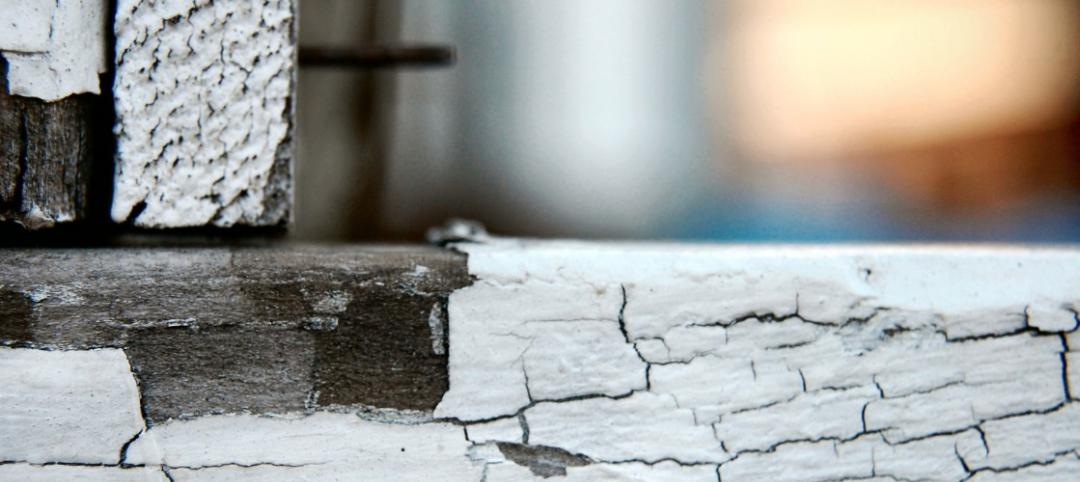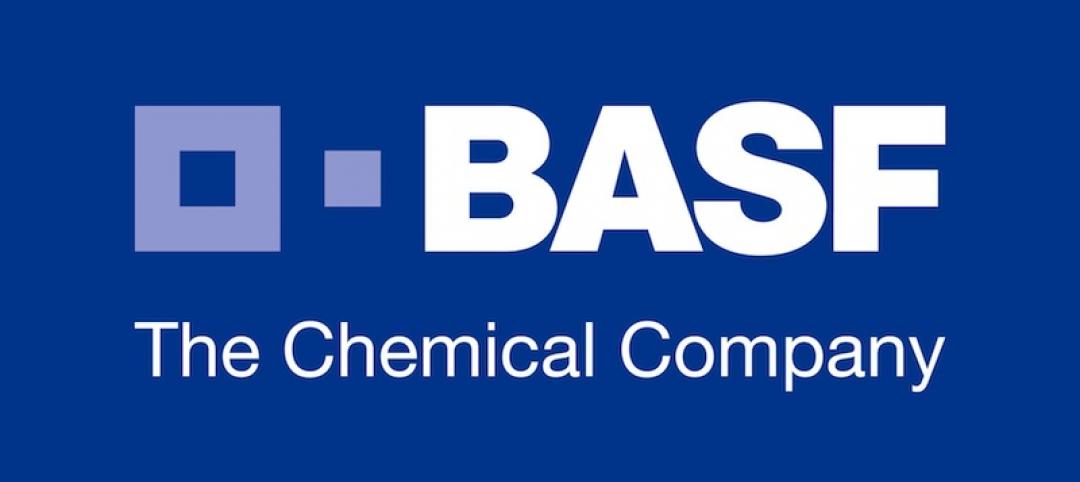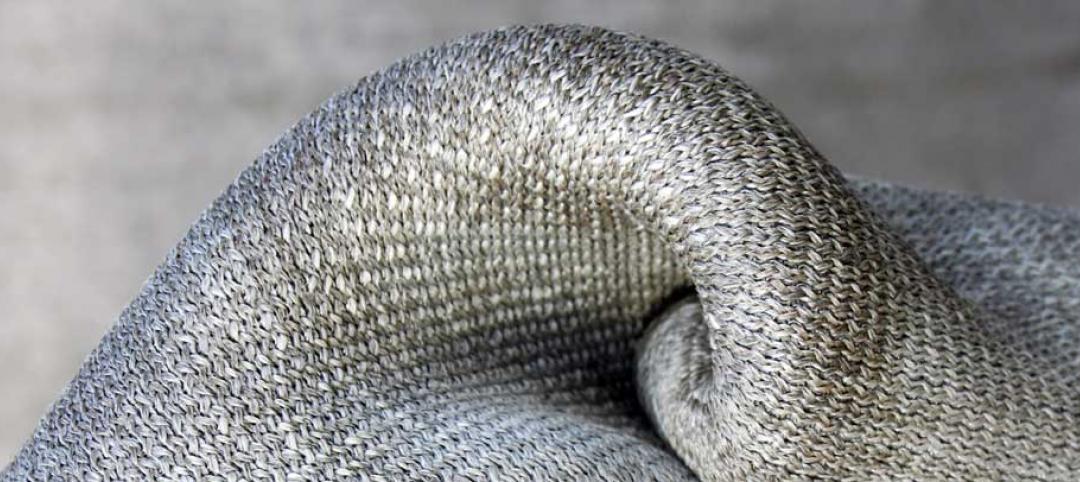Antimicrobial building products marketed as “healthy” or beneficial to human health contain ingredients that may have adverse environmental or human health impacts, and alternative products should be considered whenever possible, according to a new white paper by global architecture and design firm Perkins+Will and the Healthy Building Network (HBN).
Healthy Environments: Understanding Antimicrobial Ingredients in Building Materials exposes the lack of scientific evidence supporting claims that so-called antimicrobial products like paints, kitchen countertops, door handles, flooring, and other interior finishes help ward off communicable diseases. In fact, the report highlights a growing body of research suggesting potential negative impacts of antimicrobials on both the body and the environment. Potential impacts include the possible proliferation of “super bugs” caused by microbial resistance, contamination of aquatic ecosystems, and potential exposure to known or suspected carcinogens like formaldehyde.
“What consumers don’t realize is that the federal government considers antimicrobials pesticides because they are agents used to kill or control living organisms—and they should therefore be used with great care,” says Suzanne Drake, a senior interior designer at Perkins+Will and co-author of the white paper. “Because we caution against using building products containing ingredients suspected of hazardous health impacts, we should avoid products containing antimicrobial ingredients. That includes building products intended for healthcare settings.”
Perkins+Will is placing “Products Marketed as Antimicrobial” on its Precautionary List, urging designers to consider alternatives before specifying them. The move reflects the position of the U.S. Centers for Disease Control and Prevention, the U.S. Food and Drug Administration, and other credible organizations that have reviewed antimicrobial agents and found them to be both ineffective and unnecessary.
“The fact is, there’s zero evidence that antimicrobial additives provide a health benefit,” says Drake.
Building products with antimicrobial additives are relatively new in the marketplace, but their recent surge in popularity has been fueled by manufacturers looking to differentiate themselves and tap into consumer demand for healthy products and healthy built environments. The number of antimicrobial consumer products on the market grew from just a few dozen in 1994 to more than 2,000 in 2014. In some cases, manufacturers add antimicrobial ingredients to a product as a preservative to protect the product from decay, yet they still market the product in ways suggesting that the benefits of the antimicrobials may extend to human health.
“Because the identity and intended purpose of antimicrobials used in building products is often poorly disclosed, it can be difficult to understand what you’re buying,” says Melissa Coffin, principal investigator with HBN and co-author of the white paper. “Perkins+Will’s approach to consider alternative products to those marketing antimicrobial attributes categorically is a good strategy for navigating a complicated issue.” A dedicated appendix in the white paper explains the legal framework that makes the issue so complicated, Coffin adds.
To read a quick overview of the white paper’s top 10 findings, click here.
To read the full white paper, click here.
Related Stories
| May 3, 2013
5 common failures in paints and coatings
As experienced designers, contractors, and owners know, most paint and coating problems are correctable, but some are especially stubborn to address. Here is a partial compendium of typical failure modes and methods for addressing the problem.
| May 3, 2013
Another edible city? Artist creates model city with chewing gum
French artist Jeremy Laffon pieced together a model city with thousands of sticks of mint-green chewing gum.
| Apr 26, 2013
BASF Corporation joins WDMA
The Window and Door Manufacturers Association (WDMA) announced today that the BASF Corporation is the newest member of the association.
| Apr 23, 2013
Building material innovation: Concrete cloth simplifies difficult pours
Milliken recently debuted a flexible fabric that allows for concrete installations on slopes, in water, and in other hard to reach places—without the need for molds or mixing.
| Apr 16, 2013
5 projects that profited from insulated metal panels
From an orchid-shaped visitor center to California’s largest public works project, each of these projects benefited from IMP technology.
| Mar 29, 2013
GAF offers commercial property owners up to $500 off first service visit
GAF, North America’s largest roofing manufacturer, knows that regular maintenance is critical for maximizing the life expectancy of every commercial roof. The recently enhanced WellRoof® Plus Program makes it easy and rewarding for commercial property owners to establish a roof maintenance program with a GAF Certified Maintenance Professional (CMP), who can exclusively offer this program.
















